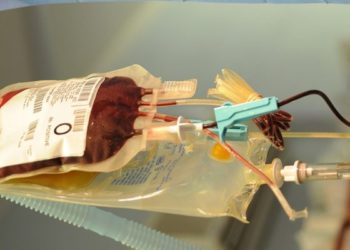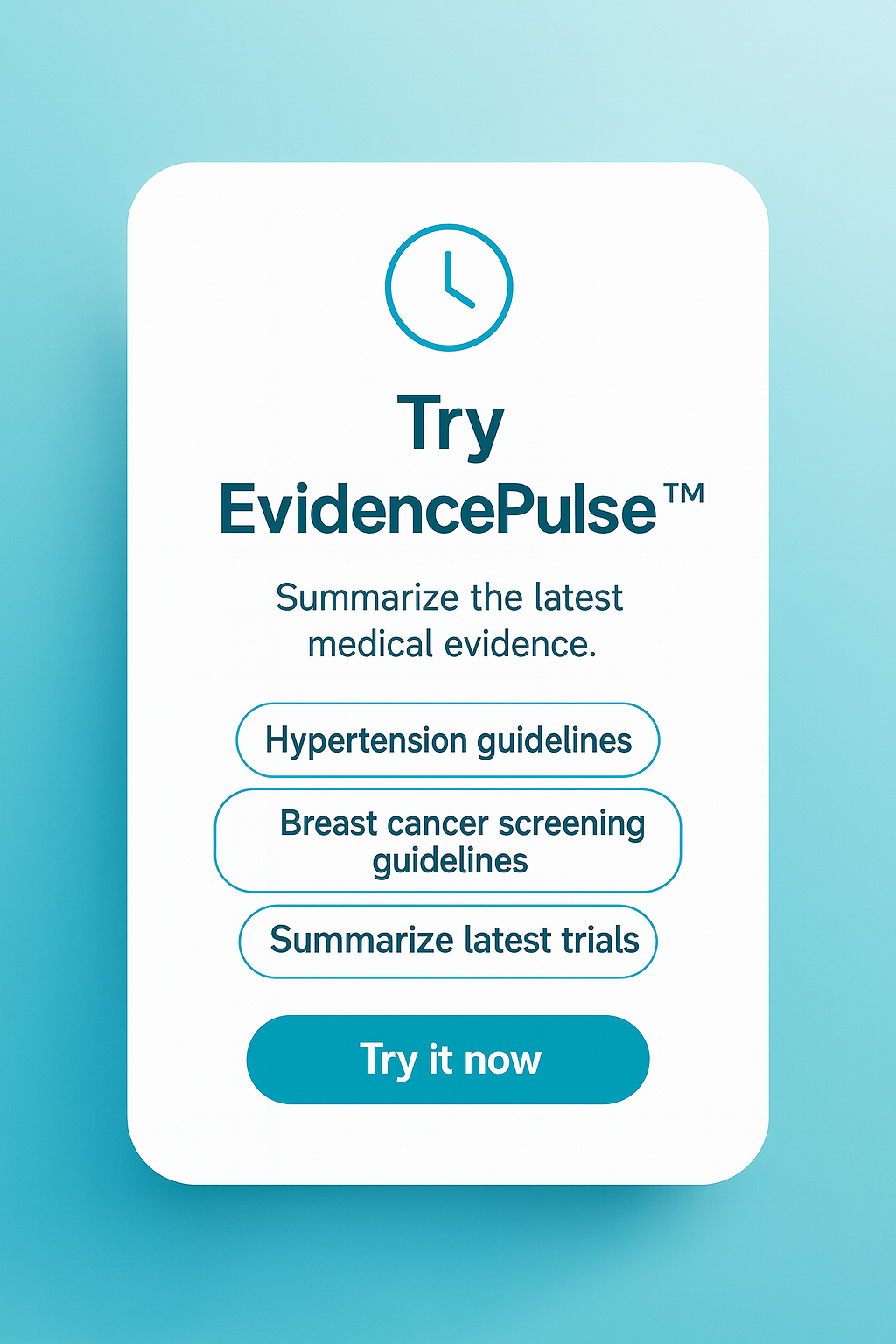Preoperative coagulation status may predict liver transplant complications
1. Low pre-operative fibrinogen and protein C levels were independently associated with the postoperative incidence of hemorrhage and thrombosis, respectively, following living donor liver transplantation.
2. Out of 403 consecutive patients undergoing living donor liver transplants, 9% experienced hemorrhagic complications and 5% had thrombotic complications.
Evidence Rating Level: 2 (Good)
Study Rundown: The liver plays a significant role in the production of hemostatic factors, including both activators and inhibitors of clot formation. Consequently, disruption in liver function is often accompanied by a concomitant disruption of coagulation processes. In the setting of liver failure, compensatory processes such as upregulation of von Willebrand factor attempt to preserve the coagulation state. When a patient receives a living donor liver transplantation (LDLT), the hemostatic balancing is once again disrupted by the improved function of the liver graft. With the relatively high prevalence of complications such as hemorrhage and thrombosis following LDLT, the authors sought to characterize the hemostatic status of the transplant recipient pre-operatively and identify any potentially predisposing factors to hemorrhagic or thrombotic complications. Researchers found that lower levels of fibrinogen (pro-clotting) and protein C (anti-coagulant) were independently predictive of post transplant hemorrhagic and thrombotic complications, respectively. Such findings are likely reflective of the imbalance in pro and anti coagulants from liver dysfunction that persists into the post-transplantation phase. Limitations of the study included its retrospective nature, the relatively low prevalence of both complications, and the lack of incorporation of the post-transplant hemostatic status and administered transfusions and antithrombotic medications into the analysis.
Click to read the study in Liver Transplantation
Relevant Reading: Hypercoagulability as a contributor to thrombotic complications in the liver transplant recipient
In-Depth [retrospective cohort]: A total of 403 consecutive patients who underwent LDLT were included in the study. Preoperatively reviewed pro-coagulant lab values included international normalized ratio (INR), and fibrinogen. The analyzed anticoagulants were protein C, protein S, and antithrombin. Hemorrhagic and thrombotic complications were noted within the first 10 days after surgery, and multivariate logistic regression analysis was subsequently performed to account for potentially confounding risk factors. Thirty five (9%) patients had hemorrhagic complications and 21 (5%) had thrombotic complications after LDLT. Patients with hemorrhagic complications had a significantly (p<0.05) lower fibrinogen and antithrombin values, longer cold ischemia time, and more blood loss. However, only a lower fibrinogen value was predictive after multivariate analysis (p<0.0001). Patients suffering thrombotic complications had significantly (p <0.05) lower fibrinogen and protein C values, longer operative time, and more blood loss. Low protein C values were the only independent predictor of thrombotic complications (p<0.0001). By ROC curve analysis, the cutoff value of protein C as a predictor of thrombotic complications was determined to be <25, with a sensitivity and specificity of 0.9 and 0.8, respectively.
More from this author: Hamstring tendons often regenerate after harvest for ACL repair, Pediatric cardiac surgery occurring at earlier age, with better outcomes over 50+ year review, CT texture analysis may predict liver insufficiency after hepatectomy
Image: PD
©2014 2 Minute Medicine, Inc. All rights reserved. No works may be reproduced without expressed written consent from 2 Minute Medicine, Inc. No article should be construed as medical advice and is not intended as such by the authors, editors, staff or by 2 Minute Medicine, Inc.

![2 Minute Medicine: Pharma Roundup: Price Hikes, Breakthrough Approvals, Legal Showdowns, Biotech Expansion, and Europe’s Pricing Debate [May 12nd, 2025]](https://www.2minutemedicine.com/wp-content/uploads/2025/05/ChatGPT-Image-May-12-2025-at-10_22_23-AM-350x250.png)






